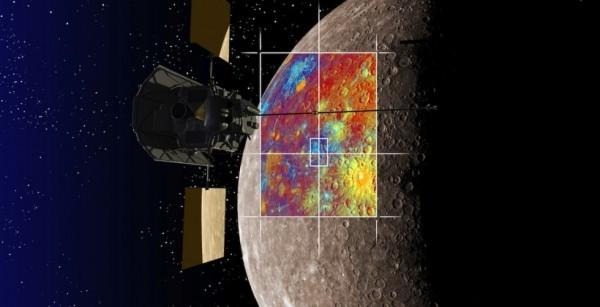NASA's Mercury probe is about to crash (and they couldn't be happier)
Normally a hugely expensive spacecraft crashing into a planet wouldn't be a cause for celebration, but NASA scientists are gleeful at the prospect later this month. Messenger, a probe launched back in 2004 and which has been orbiting Mercury for roughly the past four years, will very soon run out of propellant and go hurtling toward the surface. Rather than mourning it, however, NASA is positively embracing the destruction.
Messenger – the name being short for MErcury Surface, Space ENvironment, GEochemistry, and Ranging – will slam into Mercury at more than 8,750 miles per hour, NASA estimates.
The dwindling fuel situation came as no surprise. Messenger had already traveled in excess of six years to reach the planet closest to our sun, with enough left over to extend the twelve month mission originally planned on two subsequent occasions.
In that time, numerous unexpected findings about Mercury have been unlocked thanks to Messenger. Vast quantities of ice have been discovered, lingering despite the planet's extreme surface temperature thanks to the deep impact craters that pepper its surface.

Messenger was also able to complete an original survey by the earlier Mariner 10 probe, which confirmed that Mercury had shrunk by a whopping 4.3 miles over the past four billion years.
NASA's most recent instructions to the probe have been a series of maneuvers to position it for the best possible crash into the planet's surface. The final such repositioning will take place on April 24, exhausting the last of the helium gas propellant.
The mission operators expect the spacecraft to finally come crashing down on, or around, April 30.
Unfortunately, despite all the preparations, NASA's teams won't actually be able to watch the impact take place. In fact, Messenger is expected to impact on the far side of the planet, and so will have to wait to see exactly where on Mercury the science probe comes down.
MORE NASA Messenger
